What should countries do with their nuclear waste?
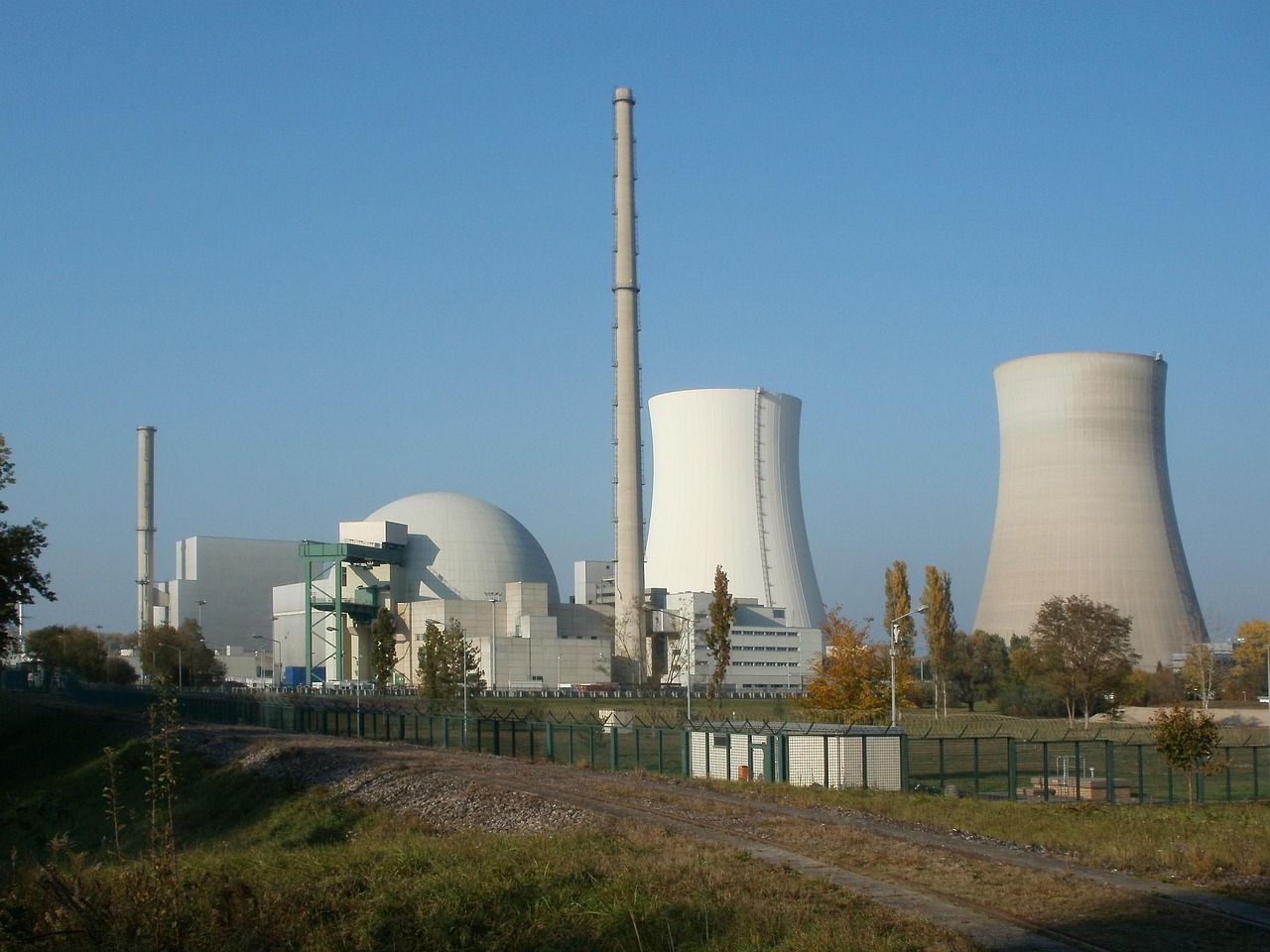
A comprehensive review from Massachusetts Institute of Technology (MIT) addresses strategies for the long-term management of nuclear waste generated by commercial reactors, with emphasis on engineering, geological, institutional, and policy dimensions.
The article notes that over 430,000 tonnes of spent nuclear fuel (and associated waste materials) have been produced globally since the 1950s; the volume continues to grow as countries plan new reactors and extend operations. The authors frame the problem as not only one of containment, but also of institutional governance, financing, and societal trust.
Deep geological disposal remains the prevailing consensus among engineers and waste-management specialists: spent fuel and high-level radioactive waste are to be isolated in stable rock formations at depths of several hundred meters, utilizing multiple engineered barriers (metal canisters, bentonite clay buffers, impermeable host rock). The article points to experimental results from sites such as the Mont Terri Rock Laboratory in Switzerland and new computational modelling tools developed by MIT and collaborators to simulate radionuclide migration through engineered and geological barriers. These models improve confidence in repository behavior over timescales of tens to hundreds of thousands of years.
The MIT review emphasizes that interim storage—above-ground or near-surface facilities where spent fuel is held for decades—is not a long-term solution. Countries must progress toward final-disposal sites given the limitations of temporary casks and cooling ponds, which may face climate risk, security threats or institutional abandonment.
Engineering challenges highlighted include achieving and demonstrating long-term containment, managing heat-generation from high-level waste, providing safe access during emplacement operations, ensuring retrievability (when required), and integrating monitoring systems and institutional controls over extended timescales. Site selection must prioritize geological stability, low groundwater flow, thick impermeable host rock, absence of valuable resources (to limit future human intrusion), and robust engineered-barrier performance.
Institutional factors are also critical: the review outlines governance frameworks, funding mechanisms (waste-funds, industry-paid fees), regulatory oversight, community engagement, and transparent decision-making. The authors argue that successful repositories (such as those being built in Finland and Sweden) demonstrate that engineering solutions must be accompanied by social license, institutional continuity, and long-term stewardship commitments spanning hundreds of years.
The review further suggests a tiered strategy for countries:
- implement rigorous interim storage systems to safely accumulate waste while final repositories are developed;
- invest in the scientific and engineering capacity to evaluate host rock formations and barrier systems;
- establish financing and regulatory frameworks that ensure long-term performance and public trust;
- integrate waste management strategy into national energy planning rather than treating it as an after-thought.
The MIT authors caution that failure to address the waste legacy of nuclear power could undermine public confidence in nuclear energy as a low-carbon option. Engineering solutions must therefore be demonstrably safe, transparent, and durable.
Want to read more like this story?

Securing Energy Supply Through Standardised Nuclear Construction
Aug, 24, 2025 | NewsBritain is advancing its nuclear programme with Sizewell C in Suffolk, designed as a near-identical...

New EU legislation on waste management
Jun, 08, 2018 | NewsBased on the principles of circular economy, the new guidelines aim for a drastic reduction of landf...
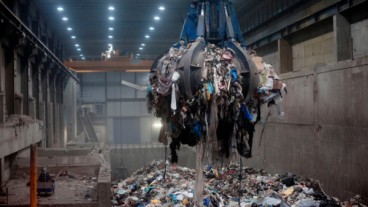
Due to Sweden’s revolutionary recycling program, the country needs to import 800,000 tns of waste annually to feed its 32 waste-to-energy plants
Oct, 11, 2017 | NewsThe energy goes into a national heating network to heat homes throughout the winter and is also used...
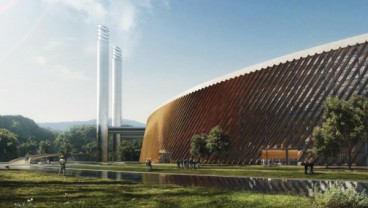
This waste incinerator sets a new capacity record!
Mar, 03, 2016 | NewsLocated in Shenzhen, China, it will be ready by 2020 andits capacity will reach 5000 tn/day! Loca...

A light aircraft flew more than 500 miles using fuel partially originated from plastic waste
Mar, 08, 2017 | NewsThe initiative ‘On Wings of Waste’ aims to raise awareness about plastic waste recycling...

Scientists convert waste plastics into high-value carbon materials
Nov, 01, 2025 | NewsResearchers from Shenyang Agricultural University, the Guangzhou Institute of Energy Conversion (Ch...

A Japanese village aims to become the country’s first 'Zero-Waste' community by 2020
May, 06, 2016 | NewsWaste in Kamikatsu is separated in 34 categories! Waste in Kamikatsu is separated in 34 categorie...

The Internet of Things in building industry
Aug, 01, 2021 | NewsThe Internet of Things (IoT) is currently developed and can be applied to the building industry gene...
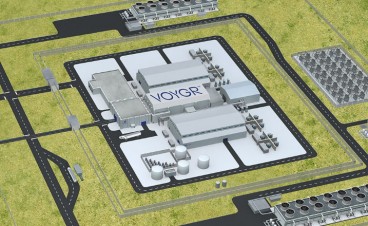
Fast-Track Nuclear: How the UK–US Partnership Accelerates SMRs and Microreactors
Sep, 20, 2025 | NewsThe Atlantic Partnership for Advanced Nuclear Energy outlines closer UK–US collaboration to deploy...
Trending
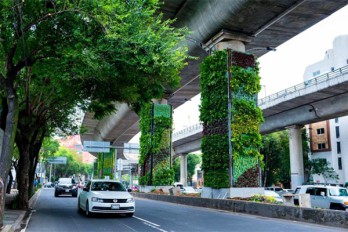
Vertical gardens in Mexico City to combat pollution

Characteristics of Load Bearing Masonry Construction

Taipei 101’s impressive tuned mass damper

Dutch greenhouses have revolutionized modern farming

The Line at Neom faces feasibility reassessment while construction continues

The Line at Neom faces feasibility reassessment while construction continues

King Salman Gate unveiled adjacent to Mecca’s Grand Mosque

